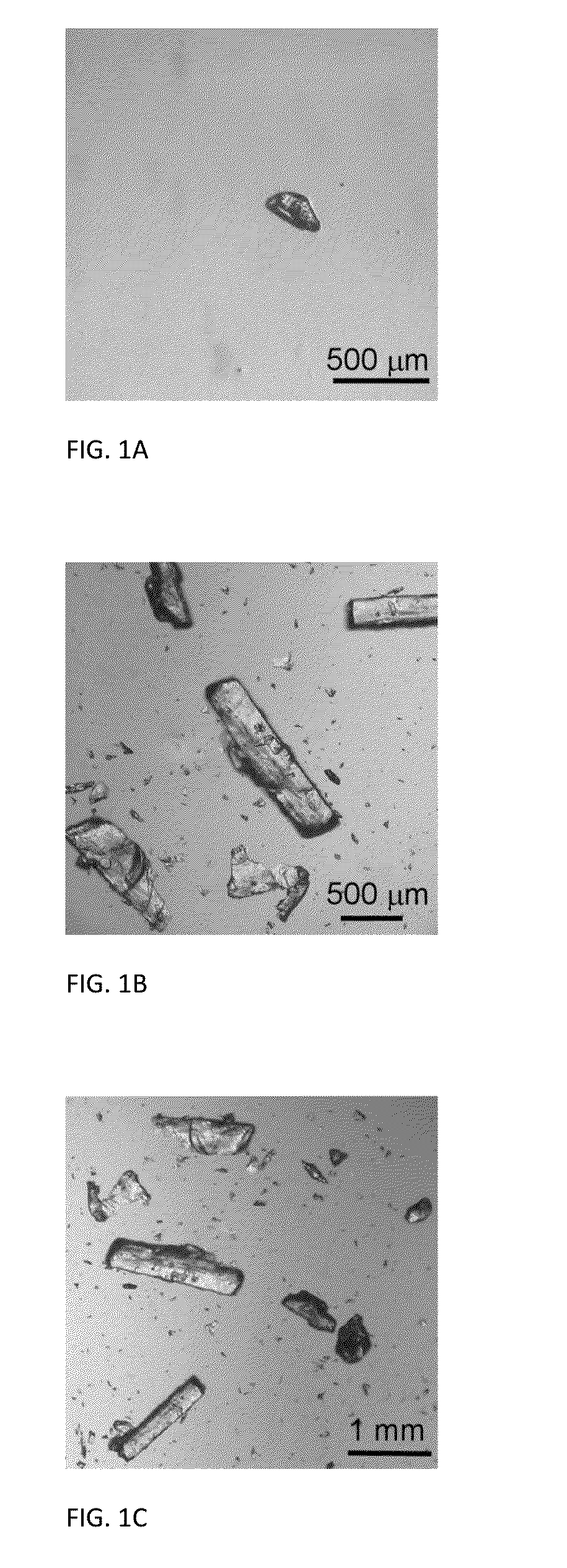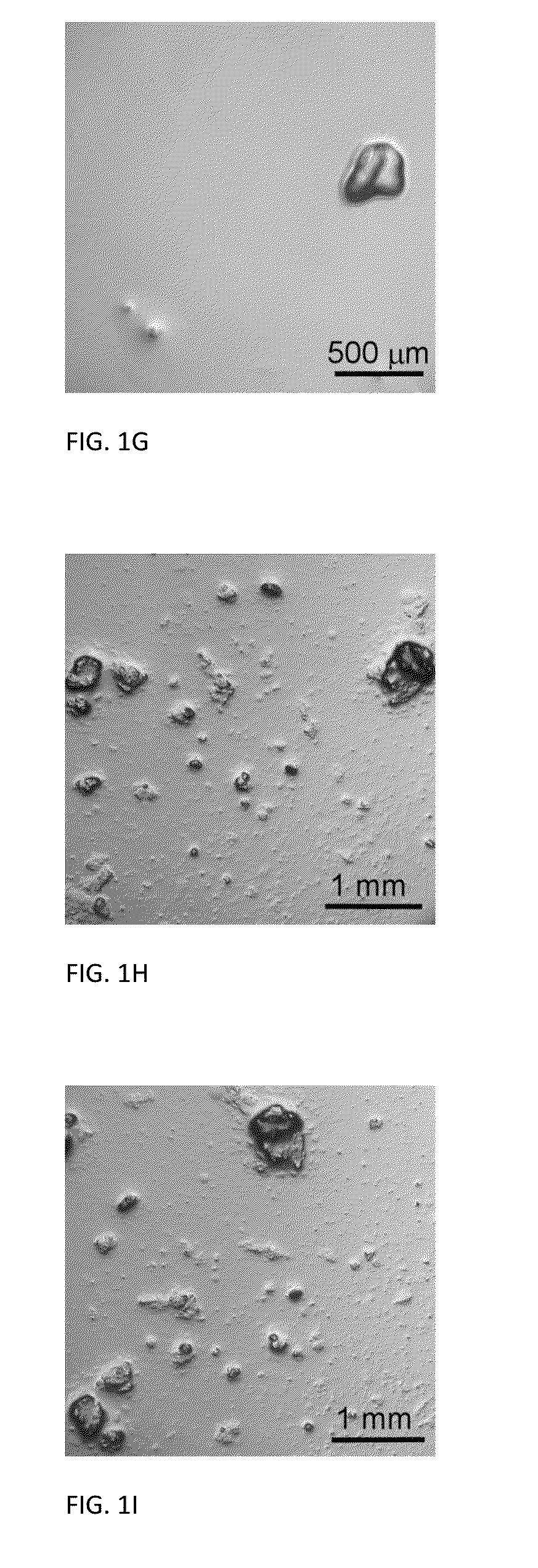Method of preventing carbohydrate crystallization
- Summary
- Abstract
- Description
- Claims
- Application Information
AI Technical Summary
Benefits of technology
Problems solved by technology
Method used
Image
Examples
experiment 1
e Contain Higher Amounts of Trehalose in Winter Months than in Summer Months
[0050]To establish quantitatively the amount of trehalose in D. canadensis hemolymph, we first collected the winter and summer hemolymphs of the beetle and determined the concentrations of trehalose in the hemolymphs using trehalose. The level of trehalose was determined to be 29.6 mg / mL or 0.09 M in the winter hemolymph of D. canadensis, which is within the reported amounts of trehalose, ranging from 0.02 M to 0.17 M, in a great number of insects.
[0051]In contrast, the level of trehalose decreased dramatically to less than 0.1 mg / mL in the summer hemolymph of D. canadensis. It is known that the solubility of trehalose in water changes dramatically with temperature and is low at low temperatures. When its solutions experience low temperature fluctuations, trehalose is prone to crystallize. We showed that cooled aqueous solution with 29.6 mg / mL of trehalose from room temperature to −5° C. and annealing it at ...
experiment 2
t Precipitation / Crystallization of Trehalose
[0054]The hemolymph of the overwintering larvae of D. canadensis contains four AFP isomers (DAFP-1, DAFP-2, DAFP-4, and DAFP-6) with molecular weights ranging from 7.3 kDa-8.9 kDa. The level of the hemolymph AFPs are elevated in winter (1.6 mg / mL-2.6 mg / mL), resulting in high antifreeze activity, while the level of hemolymph AFPs in summer is too low to be measured. The antifreeze activity of pure DAFP-1 is reported to be further enhanced by trehalose at 0.25 M or higher concentration.
[0055]The overwintering larvae of D. canadensis also produce AFPs from a family of some 30 AFP isomers that are differentially expressed in various tissues and body fluids (hemolymph, gut, urine and epidermal cells). The combination of antifreezes permits the larvae to inhibit lethal freezing above temperatures of approximately −18° C. to −28° C., depending on the severity of the winter. The AFP's consist of 12-mer and 13-mer repeating units containing highly...
PUM
| Property | Measurement | Unit |
|---|---|---|
| Fraction | aaaaa | aaaaa |
| Concentration | aaaaa | aaaaa |
| Concentration | aaaaa | aaaaa |
Abstract
Description
Claims
Application Information
 Login to View More
Login to View More - Generate Ideas
- Intellectual Property
- Life Sciences
- Materials
- Tech Scout
- Unparalleled Data Quality
- Higher Quality Content
- 60% Fewer Hallucinations
Browse by: Latest US Patents, China's latest patents, Technical Efficacy Thesaurus, Application Domain, Technology Topic, Popular Technical Reports.
© 2025 PatSnap. All rights reserved.Legal|Privacy policy|Modern Slavery Act Transparency Statement|Sitemap|About US| Contact US: help@patsnap.com



